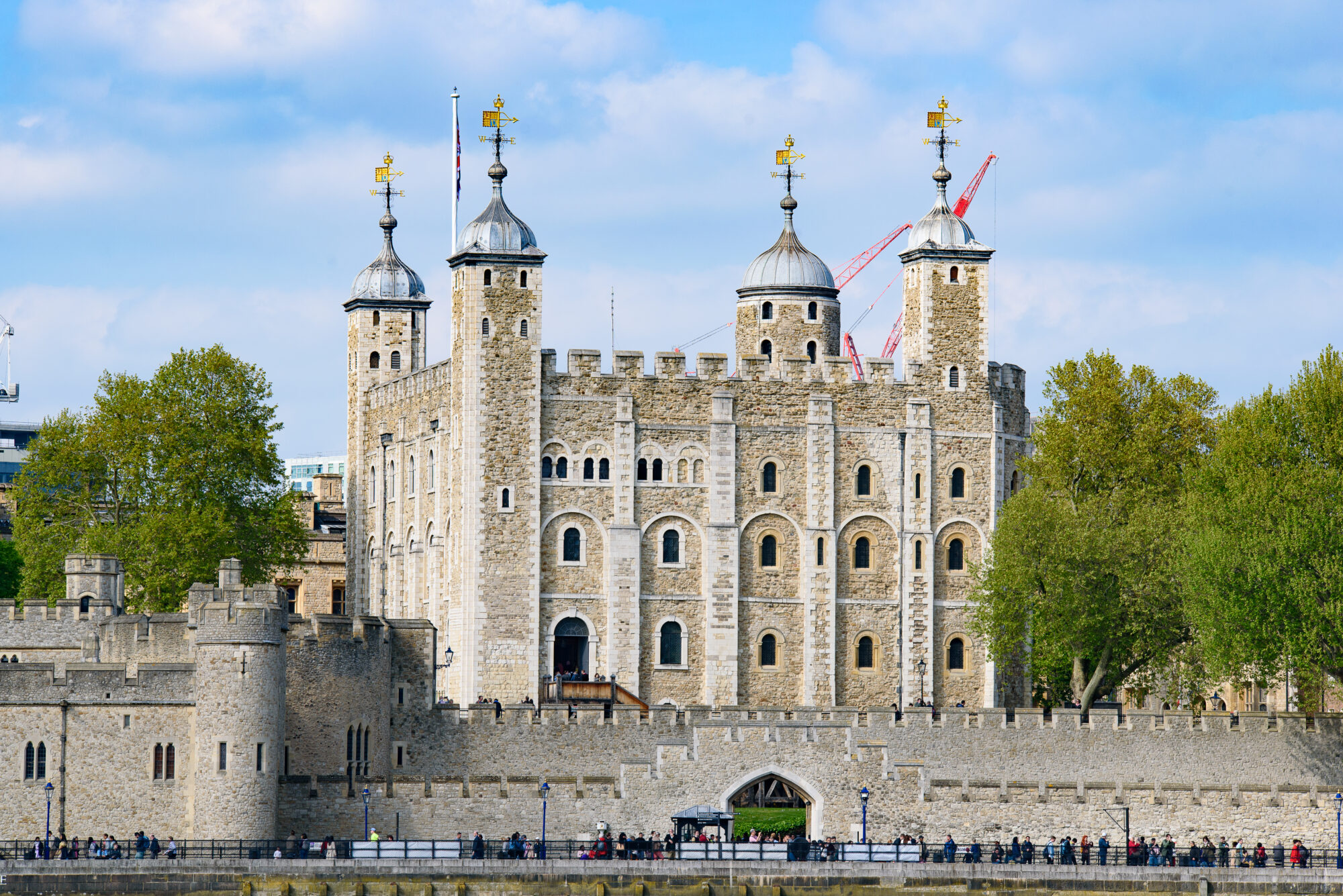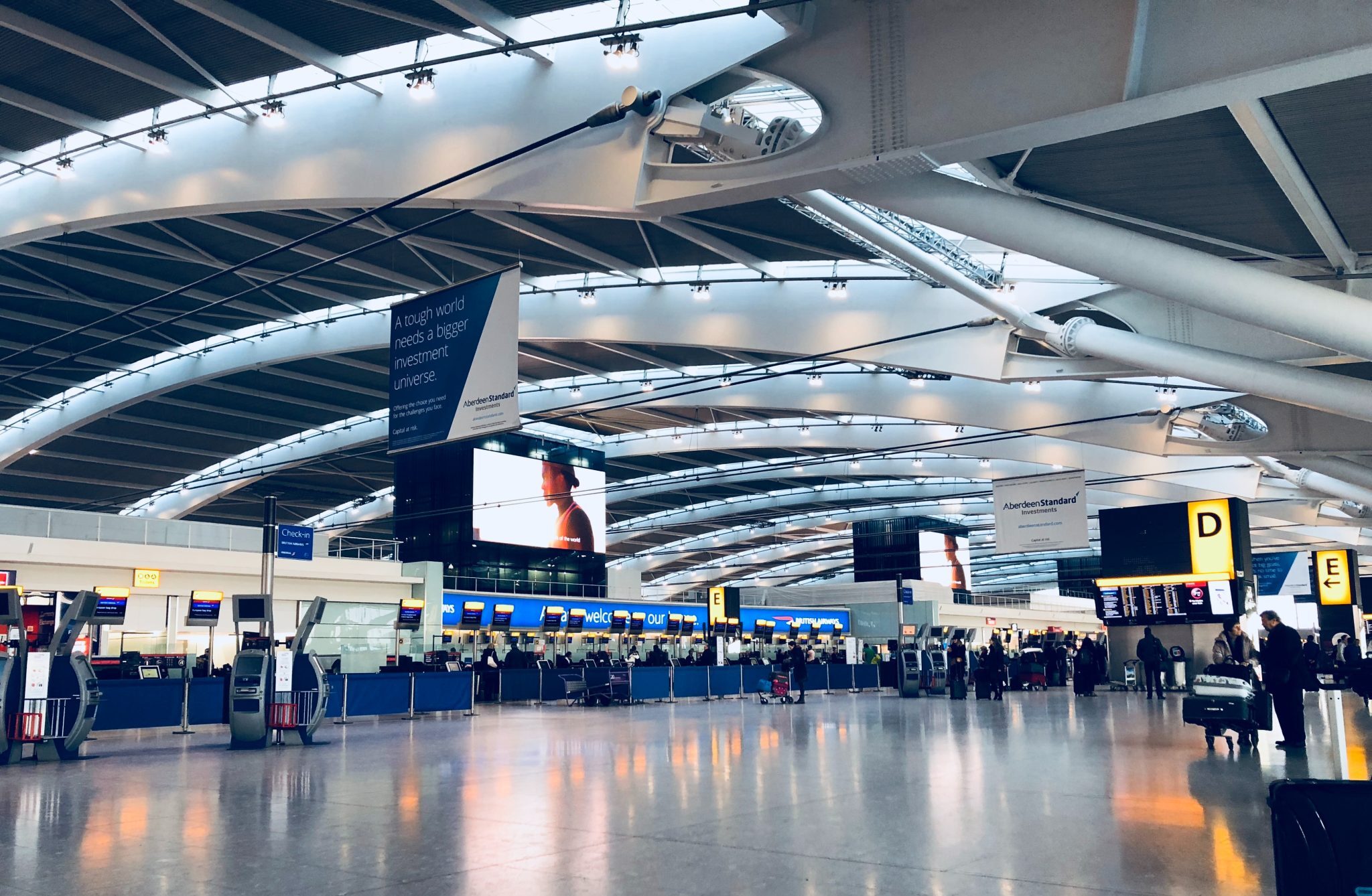One of the most recognizable landmarks in England, the Tower of London is famous all over the world. Massive and representative of Norman military architecture, the White Tower had an impact on the whole realm. Located on the Thames, William the Conqueror constructed it to fortify London and demonstrate his dominion. Constructed by William the Conqueror around the White Tower, the Tower of London is an impressive fortification with several stories of history that has become a symbol of kings and queens.
Table of Contents
ToggleIt’s a historic royal building
Located on a bend on the Thames River, the White Tower served as a stronghold and entrance to the city of London when William the Conqueror constructed it in 1066 to showcase the dominance of the Normans. It stands as Europe’s best-preserved example of a castle palace dating back to the 11th century.
The Tower of London is a symbol of monarchy due to its status as a unique survivor of a continually evolving ensemble of royal structures that existed from the eleventh to the sixteenth century. In addition to laying the groundwork for the country’s defense, record-keeping, and currency, it helped grow a number of England’s main governmental institutions. It has played host to significant moments in European history, such as the beheadings of three queens of England.
It was a formidable prison as well
The construction of the Tower of London had dual purposes as an imposing royal residence and a stronghold. The Royal Mint made the country’s currency, and the castle’s walls housed armament storage. In addition to being a residence for the royal family, the building housed a zoo of exotic animals. On the other hand, the tower-housed detainees are considered to be a major danger to the country’s security. the truth.
Despite its sinister image, the Tower has a past that extends beyond betrayal and savage beheadings. There are dinners, daring escapes, and opulence in this story as well. A large number of inmates were either freed after paying a ransom or were no longer considered a danger to the safety of the facility, rather than dying there. Its function as a jail has been as multifaceted as the tower’s history.
Explore the Tower of London and learn interesting facts about it
1. It has been a zoo
In its earlier incarnation as London’s first zoo, the Tower housed animals before it became a jail for people. Within the walls of the Tower stood the illustrious “Royal Menagerie,” a collection of exotic and feral creatures bestowed upon the monarchs of the time.
It was par for the course to see polar bears, kangaroos, ostriches, lions, tigers, and elephants scurrying about the grounds. When the Duke of Wellington shut down the menagerie in 1835, he moved the animals to what is now the London Zoo on the grounds of Regent’s Park. Sculptures of various animals, including a lion and several ravens that live on the grounds, are all that remain of the tower’s original inhabitants today.
2. Ravens are a part of the tower
The Tower’s history includes royal ordinances that have long safeguarded ravens. The ravens have made the tower their home ever since Charles II got promises that the monarchy would fall; thus, he refrained from removing them.
In addition to caring for the ravens and regaling visitors with stories of their historical importance, the Tower’s raven master offers a complimentary tour of the Tower of London with your admission.
3. Ceremony of the Keys
The Ceremony of the Keys, an ancient military ritual, closes the Tower gates each nightfall. At exactly 9:53 pm, the Chief Yeoman Warder and an armed group of the Queen’s Guards went to close all the gates. They did this while holding a lantern in one hand and the Queen’s keys in the other.
The nighttime practice continued for nearly 700 years, despite the Great London Fire, the plague, and both World Wars, thanks to the dedicated Yeoman Warders who dutifully carried out their responsibilities for the Queen and nation.
4. Guardians of the Tower are the ‘Beefeaters.’
Since the 16th century, the illustrious Yeoman Warders have stood watch above London’s Tower. The ceremonial guards of the Tower, often called the “Beefeaters,” were in charge of protecting the British royal jewels and the inmates housed within.
Why were they called Beefeaters? The unique term originated with Henry VII, who let his personal guards free reign to devour as much steak as they pleased from the King’s table.
In recognition of their distinguished service, the Armed Forces now choose Yeoman Warders. Since the Victorian period, they have ceremonially guarded the tower and provided tourists with information and guided tours.
5. The Tower is Home to the Crown Jewels
The Crown Jewels are only one of the many fascinating artifacts housed at the Tower of London. The Tower of London has been a secure haven for the Crown Jewels—also called royal coronation garments—since the fifteenth century. Among the priceless and historically significant gems housed in the collection is the Imperial State Crown, donning which the king attends the State Opening of Parliament. The Imperial State Crown is worth an estimated two to four billion pounds, thanks to its 23,578 jewels!
Upon coronation, the newly crowned king or queen removes their robes and jewels from storage in the Tower and has them transported to Westminster Abbey.
6. Why did the Tower of London become a place of execution?
As one of the most terrible jails and execution sites in England, the Tower’s lengthy and horrific history was never anyone’s intention. The main goal of constructing the tower was to demonstrate the royal authority as a stronghold. But those who posed a danger to the royal family or the nation quickly found refuge in the Tower. Henry VIII, Anne Boleyn, Catherine Howard, Sir Walter Raleigh, and Elizabeth I were among the several notable people imprisoned in the Tower.
Edward V and Richard, the two young princes, were among the many people beheaded and killed here. In 1941, a firing squad shot and killed German spy Josef Jakobs in the Tower of London, marking the last execution there.
Visit the frigid towers and dreary dungeons that previously held captives at the Tower of London with your permit.
7. Throughout both world wars, the tower served as a military base
As a fortified military stronghold, the Tower of London served its purpose well during both World Wars. During World War I, the moat around the tower served as a training area for recruits. Up to this day, the Royal Fusiliers Regiment has maintained its headquarters in the Tower.
Rudolf Hess, the notorious Nazi prisoner of war, was kept in the Tower during the Second World War after being caught after a crash landing in London while en route to Scotland. The Tower also beheaded twelve captured enemy spies throughout the fight.
A solitary World War I bomb landed safely in the tower’s moat. Still, the Tower was a complete wreck during WWII. During the Blitz in 1940, highly powerful bombs were successful in their targets and destroyed many structures. A tower fell into the moat below, causing it to collapse entirely.
The tower thankfully reopened to the public following wartime repairs.
8. Legend Has It That the Tower Stays Haunted
Many think that the haunting specters of those who perished linger in the fortress’s stone corridors, a result of the dreadful 1,000-year history of brutal torture and brutal death. Some think here is where the spirits of the Countess of Salisbury, Lady Grey, and the twins killed in the Bloody Tower still linger.
Queen Anne Boleyn of England, who gave birth to a stillborn son and was executed on Tower Green in 1536, is the most well-known phantom figure. Grizzly bears and Anne’s severed head, both from the Tower’s zoo days, are common sights as she wanders the grounds.
What are the top highlights of the Tower of London?
1. The Bloody Tower
Because of its position, this structure was once called the Garden Tower. Its primary use was to house inmates. Among other well-known and infamous state foes, this structure held the Princes in the Tower. On the other hand, Nigel Jones claims that Sir Walter Raleigh was the building’s most famous tenant. Sir Walter Raleigh spent thirteen years imprisoned in the tower on accusations of betraying King James I. His American adventures gave rise to the myth of El Dorado.
2. The White Tower
Even though it is in ruins today, William the Conqueror had this medieval stronghold built for him. In addition, it is among the biggest European castles that have survived to this day. Its name comes from the whitewashed and plastered walls. While building it, the Romanesque style was paramount.
The building’s architectural designs and arrangement, according to historian Lise Hull, suggest that its function went beyond only hosting royal apartments. The royal residence and office provided a vantage point from which the monarch could monitor the Thames River and keep an eye out for any threats. Make a point of visiting the crypt of St. John’s Chapel while you’re here.
3. The Crown Jewels
There has been a long history of preserving valuable artifacts at the Tower of London, and the Crown Jewels have been a part of that tradition since 1661. Included in the Royal Collection is this breathtaking and renowned assortment of 23,578 jewels, some of which are still used in royal events to this day.
Now is your chance to learn more than ever before about the Crown Jewels at an exhibition that delves into their importance and history. In the Jewel House of the Tower of London, you may discover the Crown Jewels guarded by armed men. During significant national events, such as the State Opening of Parliament, the monarch often dons these precious stones, which are part of a one-of-a-kind collection of royal regalia. Always keep an eye out for the “in use” indicators.
4. The Medieval Palace
In the thirteenth century, two English monarchs—Edward I and Henry III—expanded the fortress’s fortifications and constructed a magnificent new palace inside. During your journey to the Tower of London, you will explore the rooms of these kings. The three towers that make up this medieval palace are the Wakefield, St. Thomas, and Lanthorn towers. Within, you’ll find breathtaking replicas of the chambers that the kings and queens used throughout their stays.
5. The Queen’s House
The half-timbered house known as Queen’s House was where Queen Anne Boleyn spent her last days before her execution. On the other hand, you may be startled to hear that this same spot was where the Catholic rebel Guy Fawkes stood trial in 1605 for his role in the Gunpowder Plot, which aimed to assassinate King James I of England for his refusal to offer religious tolerance to the Catholic population.




